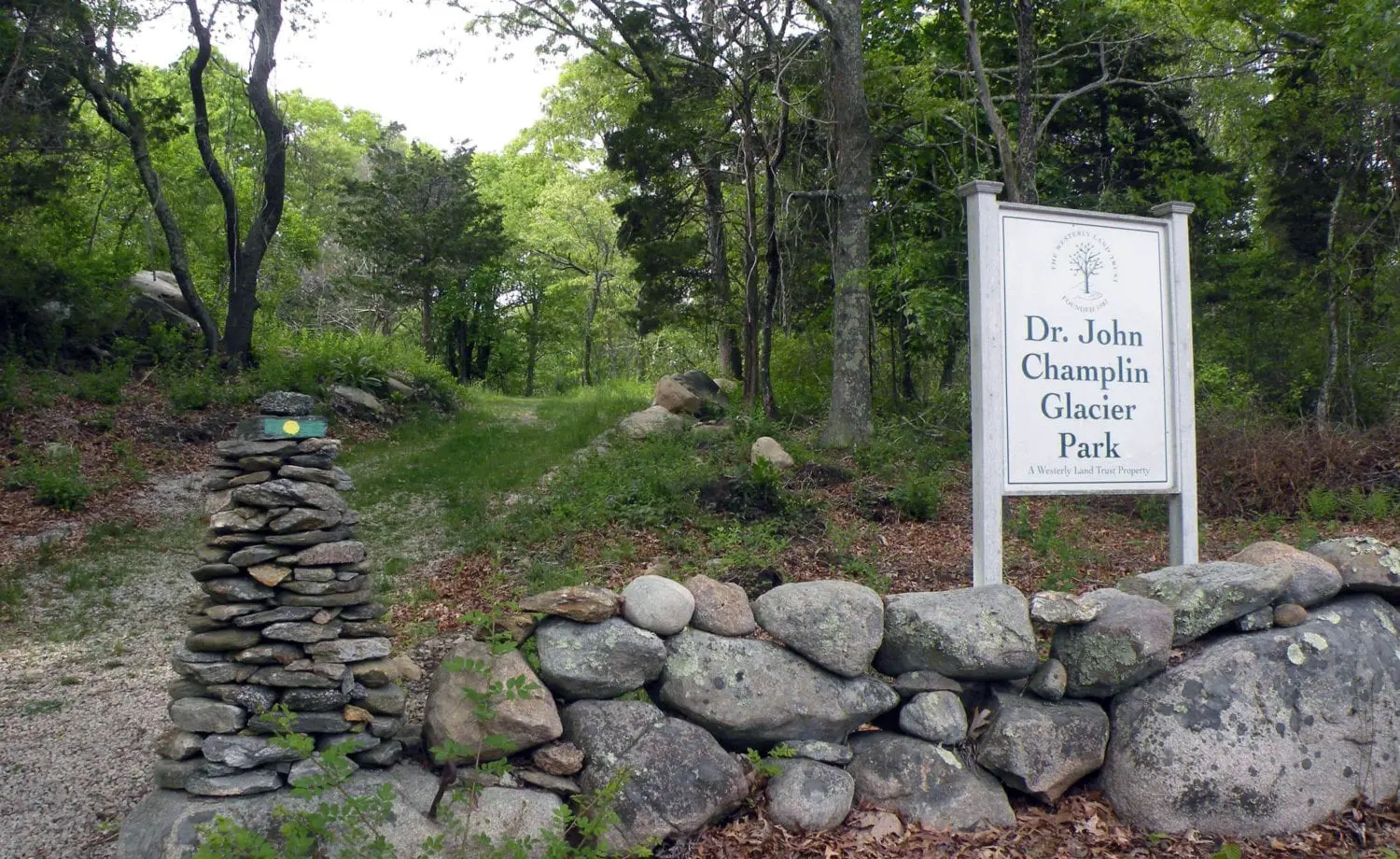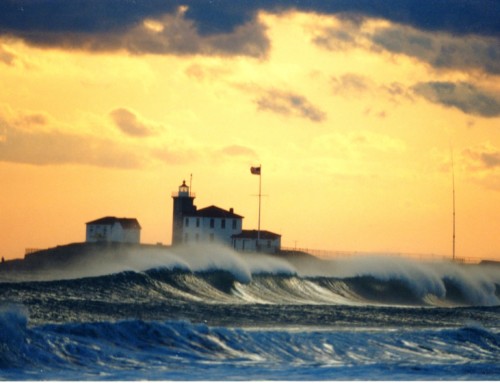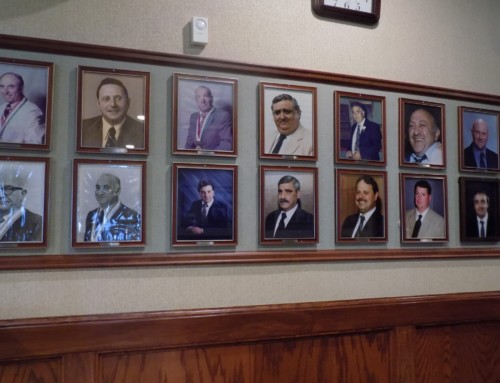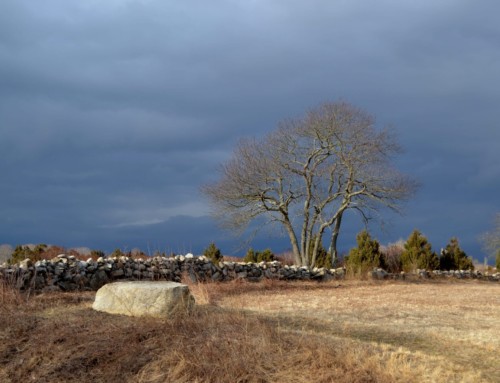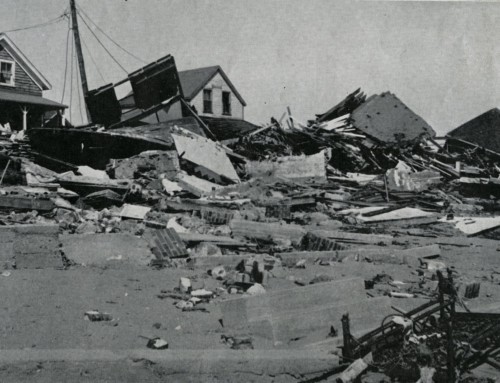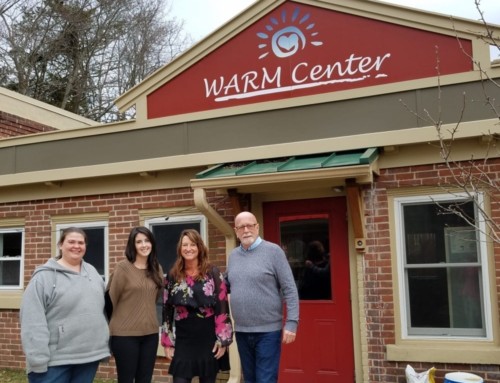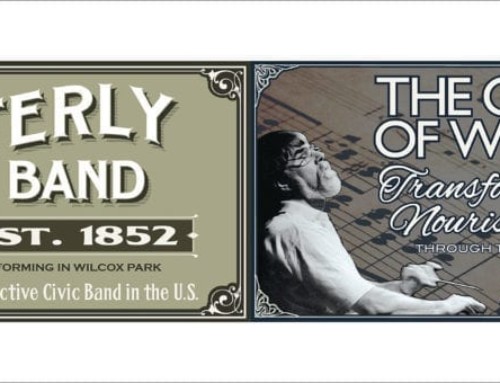With all the recent controversy about global warming and the Paris Agreement, it would seem an appropriate time to discuss the topic of climate change. What does global warming have to do with Westerly you may ask, quite a bit in fact and the Dr. John Champlin Glacier Park off Shore Road in Westerly is a great place to see exactly how. The park is a 135-acre preserve with unique geologic features that tell the story of how the last ice age shaped our land.
The park was created out of a 173-acre parcel that over the years has been used for many different purposes, originally for hunting and farming and later as a riding and polo club, a resort with an inn and restaurant, and a military reservation. During World War II a four 155mm gun battery was built on top of the glacier moraine to protect the coast. After the war, the land reverted back to Dr. John Champlin who was a noted physician in Westerly. In 2004 the grandsons of Dr. Champlin and their children sold the property to the Westerly Land Trust. As part of the process, 38 acres were sold off for condominiums and the 135 remaining acres were preserved.
Today scientists still don’t know why climatic fluctuations cause the ice ages. One theory is that fluctuations in earth’s orbit around the sun affect the amount of solar radiation the earth’s surface receives.
During the past 2.5 million years there have been at least 5 and perhaps as many as 13 ice ages. Each of these glacial stages lasted about 70,000 years and was separated by warmer, longer interglacial stages. We are in an interglacial stage right now.
The most recent ice age began to accumulate about 75,000 years ago and the ice expanded out to a glacial maximum about 21,000 years ago. Glaciers are dirty and as the ice advances it picks up soil, sand, gravel and boulders, like a bulldozer it pushes material in front of it. When the climate started to warm 21,000 years ago the glacier stopped advancing and the ice started to melt back leaving a push ridge of sediments. This ridge, called the terminal moraine, extends from New York City to Nantucket and helped create Long Island, Block Island, Martha’s Vineyard and Nantucket.
Instead of continuing to warm about 17,000 years ago the climate cooled temporarily but long enough for the glacier to re-advance a few tens of miles to form a new push ridge. This push ridge is called the recessional moraine and extends from New York to Cape Cod. It runs right through Westerly and the coast of Rhode Island. As you drive down Ocean View Highway or along Shore Road in Westerly you can see the recessional moraine on your left and the coastal plain on your right. You can hike along the moraine in the Chaplin Glacier Park.
Let’s go back about 17,000 years and imagine that you’re standing on Shore Road in Westerly. You’re looking north and immediately in front of you is the face of a tremendous ice cliff over a mile high. This is the front of a glacier which was a vast ice sheet up to two and a half miles thick that extended all the way back to the Canadian Arctic.
You are soaked to the knees because the ice is melting catastrophically in the summer heat. The meltwater is pouring down the front of the glacier in a myriad of streams. If you look south where the ocean is today the sea is nowhere in sight. Sea level was 350 feet lower than it is today, the sandy plain you’re standing on extends to the shore of a large freshwater lake.
The lake is from the glacier’s meltwater and is 8 miles wide and 60 miles long. Beyond the lake is a ridge along the southern horizon (the terminal moraine) and out of sight beyond that is the coastal plain extending about 150 miles to the edge of the continental shelf.
17,000 years ago this coastal plain was covered by tundra type vegetation. The tundra is rich fodder and it supported great herds of caribou. There were also musk-ox and woolly mammoths. Carnivores including wolves, cave bears and sabre-tooth tigers preyed on these animals. The large herds of animals eventually attracted Paleo-Indians who arrived as early as 12,000 years ago as the glaciers retreated.
The Champlin Glacier Park is where you can see the unique kane and kettle topography which makes up a lot of Westerly’s landscape. Kanes are rounded ridges separated by kettle holes. Kettle holes form where great blocks of ice left over from the glacier got stuck in the ground before slowly melting away. They are roughly circular but their size and depth depend on the size and depth of the ice chunk that formed them. The Kane ridges separating the kettle holes were formed by the crevasses in the ice filling with glacial debris.
When the ice melted these crevasse fillings were left standing as ridges. The Ocean House sits on a Kane. No Bottom Pond and Dr. Lewis Pond are kettles as are most of the little ponds in Watch Hill and Block Island. There are many large boulders in the park called Glacial erratic’s. The boulders were frozen into the base of the glacier and were transported to the park by the ice.
Most scientists today agree that global warming is occurring but there is debate over how much manmade greenhouse gases are contributing to the process. According to NASA sea level has risen 6.7 inches in the last century but many scientists now think that the process is accelerating and our predictions about sea level rise might be too conservative. Some computer models show a two-meter rise in the next century could be possible.
If that were to happen New York City and much of Florida would be underwater. Most of Misquamicut and Napatree Point would also be gone. Today 10% of the earth’s surface is covered by ice and if it were all to melt sea level would rise an astonishing 200 feet. If that were to happen civilization as we know it would be doomed.
But let’s not get ahead of ourselves, the climate is a fickle thing and changes constantly. Perhaps technological advances in the future can help stabilize the earth’s climate or advances in energy production might reduce the amount of greenhouse gases we produce but time is getting short. There are also large pockets of methane gas trapped in the ocean floor and frozen in the arctic permafrost that if released could greatly accelerate global warming.
In the meantime take a hike in the Westerly Land Trust’s Dr. John Champlin Glacier Park and enjoy the landscape that the great glacier of the last ice age left behind. The scenic Charlie’s overlook is reached by the preserve entrance from Shore Road, or turn onto Newbury Drive and take a quick right onto Kettle Close where parking spots are on the immediate right.
The Westerly Land Trust has a video that takes you on a tour of the park guided by the renowned geologist and educator Charles F. Hickox Jr., Ph.D… I highly recommend watching the video to give you some background before hiking the park. The link is https://youtu.be/2MRqNEWSGc8
